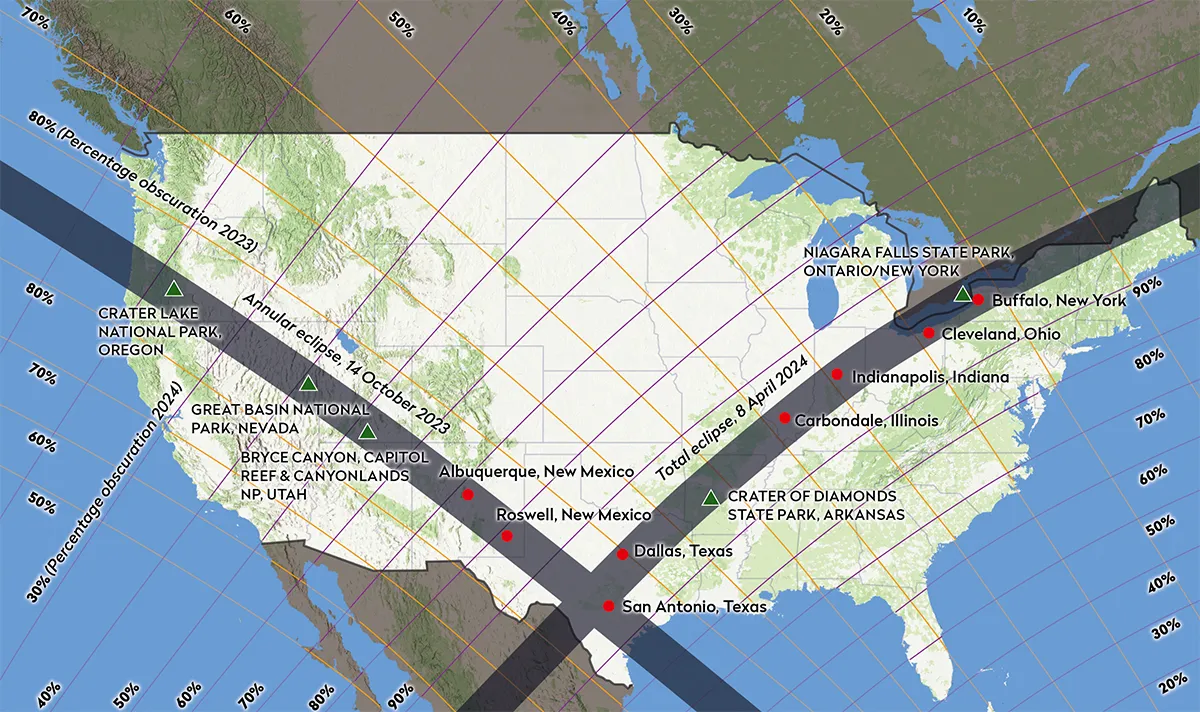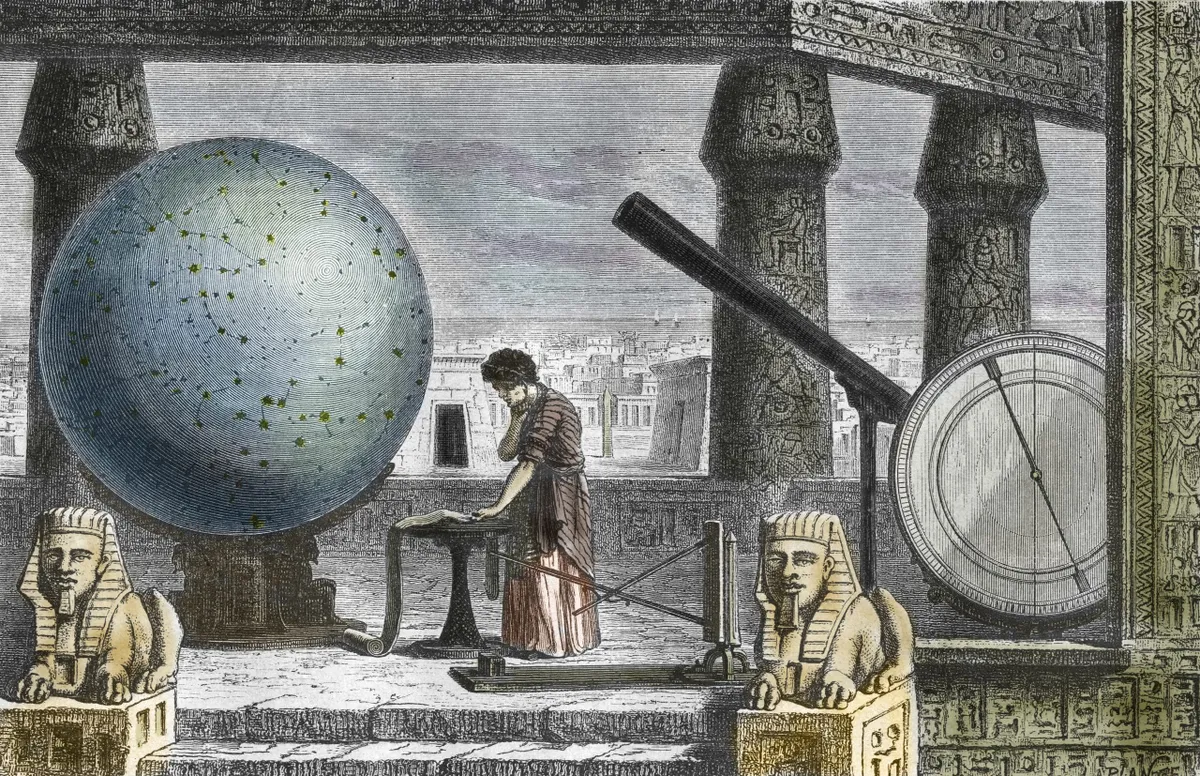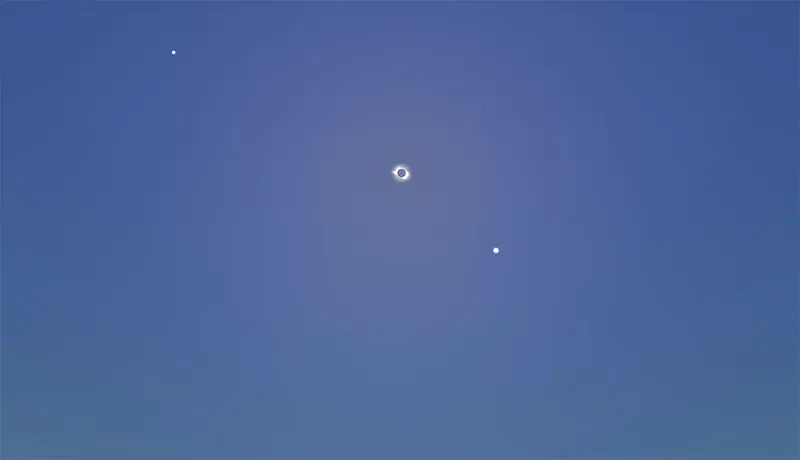How is it possible to predict and calculate when the next lunar and solar eclipse will occur with such amazing accuracy?
It almost seems like wizardry that astronomers are able to say when the next eclipse will occur, so far into the future and right down to the second.
Not only this, astronomers can even say where on Earth an eclipse will be visible, and how much of it will be seen.

Ancient eclipse predictions
The ancient Babylonians knew enough about the Moon’s path and the saros cycle (the 18-year and 11-day cycle of eclipse recurrence) to be able to predict lunar eclipses well in advance.
But solar eclipses are visible from a far smaller area than lunar eclipses, and the track of any totality produced is very narrow.
Ancient civilisations did not have a precise enough knowledge of the Moon’s path to accurately predict solar eclipses, nor did they have the mathematical tools with which to predict them.

It is only in the last 300 years that astronomers have been able to predict when a solar eclipse will occur accurately.
In the early 18th century, Edmond Halley was responsible for a big leap forward when he greatly improved upon the mathematical tables for the motion of the Sun and the Moon.
These models had essentially stayed the same since the work of the 10th century Arab astronomer Abu Batani (Latinised as Albategnius).
Work that was itself based upon the tables of Ptolemy from the second century.

Predicting eclipses in the modern age
Nowadays things are so much easier and accessible to ordinary people, and astronomers are able to predict when an eclipse will occur at the push of a button.
Anyone using a planetarium program on their computer can call up data and graphics for eclipses from any location on Earth.
The clockwork nature of the Solar System and Earth's location with respect to the Sun and Moon can be predicted well in advance.
Free software such as Stellarium can be used by anyone to track future eclipses, lunar occultations, conjunctions or where a certain planet will appear at a certain time.
This article originally appeared in the July 2006 issue of BBC Sky at Night Magazine.
